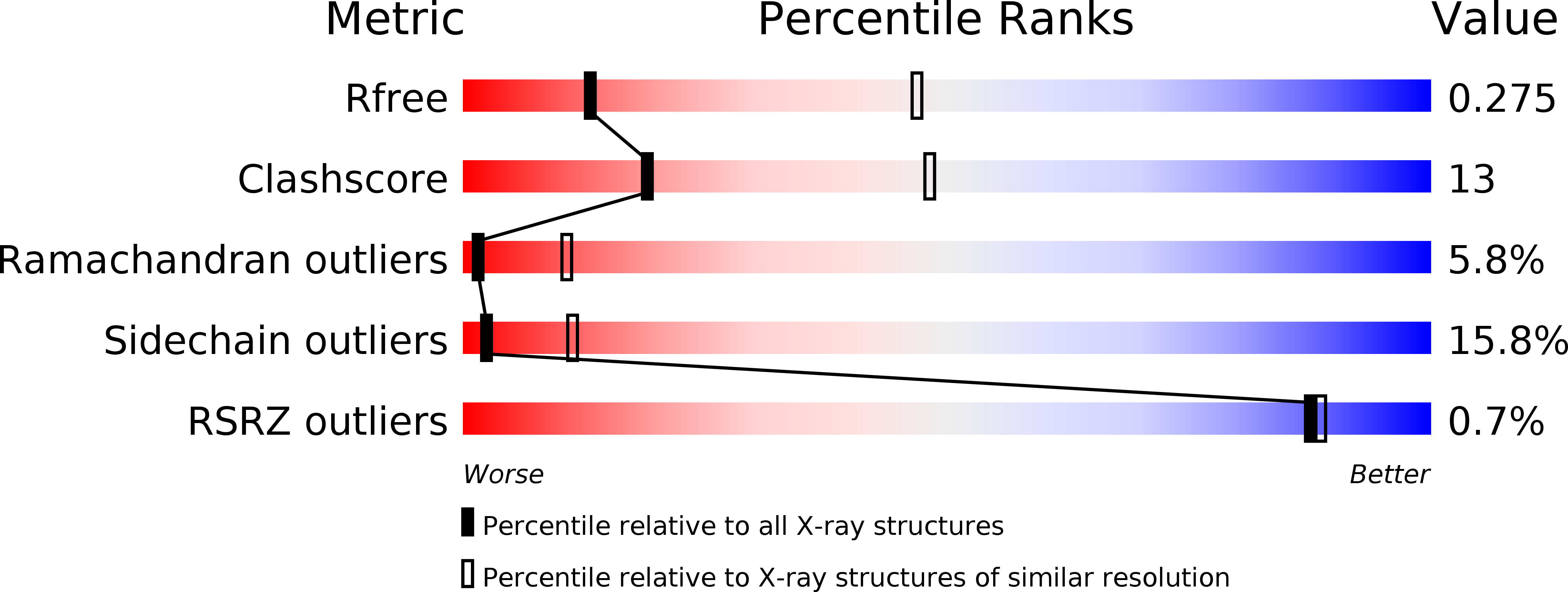
Deposition Date
2015-10-04
Release Date
2016-07-20
Last Version Date
2024-03-06
Entry Detail
PDB ID:
5E3T
Keywords:
Title:
Crystal structure of phosphatidylinositol-4-phosphate 5-kinase
Biological Source:
Source Organism:
Danio rerio (Taxon ID: 7955)
Host Organism:
Method Details:
Experimental Method:
Resolution:
3.30 Å
R-Value Free:
0.27
R-Value Work:
0.20
R-Value Observed:
0.20
Space Group:
P 43 21 2


